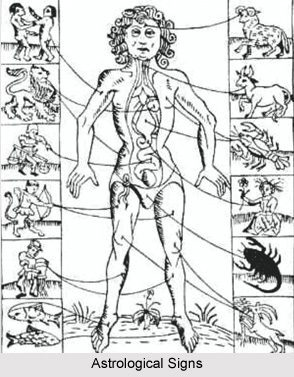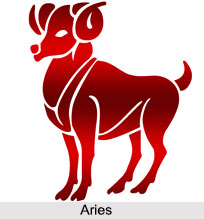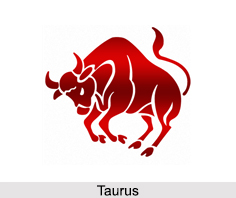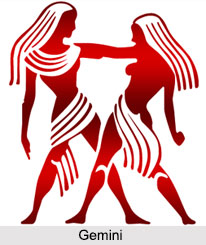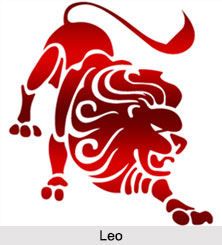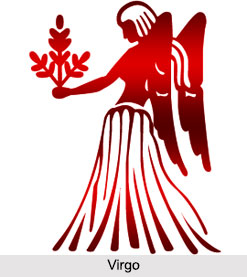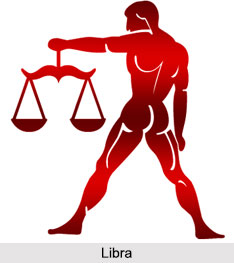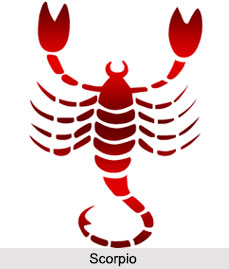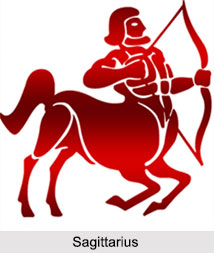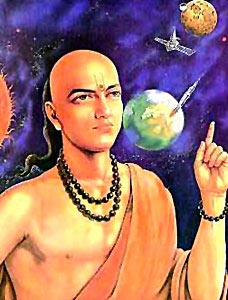 Mahayuga is one of the most valuable siddhantas of Hindu astronomy which divides the world into various Yugas and provides the method to calculate number of years which constitute a yuga. Hindu astronomy before the Vedic Period innovations was primarily depended on the Mahayuga which determined the time when the planetary system of the universe was in conjunction and all the planets used to undergo any number of revolutions to enter into another conjunction. Mahayuga begins with the beginning of the world and the number of years included till date. This estimates a Mahayuga which consists of 4,320,000 years which demonstrates the length of a year as 365 days in which each day exceeds up to 6h 12` 35-56" which claims that the number of civil days which are included in a yuga is 1, 080,000 years. This period is also called caturyuga. Mahayuga was re-examined by Aryabhata who divided a mahayuga which he simply called Yuga into four equal parts which represented four ages. These ages were named as Krita yuga or Satya yuga or golden age consisting of 1,728,000 solar years; Treta yuga or silver age consisting of 1,296, 000 solar years; Dwapara yuga or the bronze age consisting of 864,000 solar years and the Kali yuga or Iron age which consists 432,000 solar years. Overall the Mahayuga consists of 1,080,000 years
Mahayuga is one of the most valuable siddhantas of Hindu astronomy which divides the world into various Yugas and provides the method to calculate number of years which constitute a yuga. Hindu astronomy before the Vedic Period innovations was primarily depended on the Mahayuga which determined the time when the planetary system of the universe was in conjunction and all the planets used to undergo any number of revolutions to enter into another conjunction. Mahayuga begins with the beginning of the world and the number of years included till date. This estimates a Mahayuga which consists of 4,320,000 years which demonstrates the length of a year as 365 days in which each day exceeds up to 6h 12` 35-56" which claims that the number of civil days which are included in a yuga is 1, 080,000 years. This period is also called caturyuga. Mahayuga was re-examined by Aryabhata who divided a mahayuga which he simply called Yuga into four equal parts which represented four ages. These ages were named as Krita yuga or Satya yuga or golden age consisting of 1,728,000 solar years; Treta yuga or silver age consisting of 1,296, 000 solar years; Dwapara yuga or the bronze age consisting of 864,000 solar years and the Kali yuga or Iron age which consists 432,000 solar years. Overall the Mahayuga consists of 1,080,000 years
Mahayuga has been well described in the Smrities and the Puranas which were for the first time discussed by Brahmagupta in his book which was later on incorporated in modern day Surya Siddhanta. Mahayuga lays a lot of importance to the present day Kali yuga. At the commencement of this it was assumed that the planets went for conjunction for the last time. As this phase is mainly marked buy the evolution of Siddhantas and the study of astronomy altogether, it is important to know the dater of its commencement which is dated somewhere around the midnight of February 17th and 18th, 3102 BC.
This yuga highlights the difference between the old version and the new version of the Surya siddhanta which includes the mean calculation of the longitude of the sun, moon and the planets which estimate the year. This yuga also includes the epicycle method to assess the actual planetary location. It includes calculation through the geometrical instruments as well as the calculation done through Vedic mathematics which can assess the accurate location of the sun and its impact on the Earth through calculating the equation of the centre and the equation of the conjunction which can thus assessed.
Further Mahayuga provides the rules for calculating the solar and lunar eclipse which were earlier vague and unable to decipher.
Thus, the period known as Mahayuga had been the base of all astronomical innovations of the age which invited the contribution of number of scholars. Beginning with Manu till the modern age every Indian Astronomer contributed to the science of astronomy which passed through different phases in every century. Overall Mahayuga is the only astronomical Siddhanta which describes the chronological growth of the science of Astronomy and its inventions; their impact on the calculation of the calendar and assessment of days as well as months; as well as their impact on modern day science of astronomy which is important to assess the accuracy of astronomy even today.
